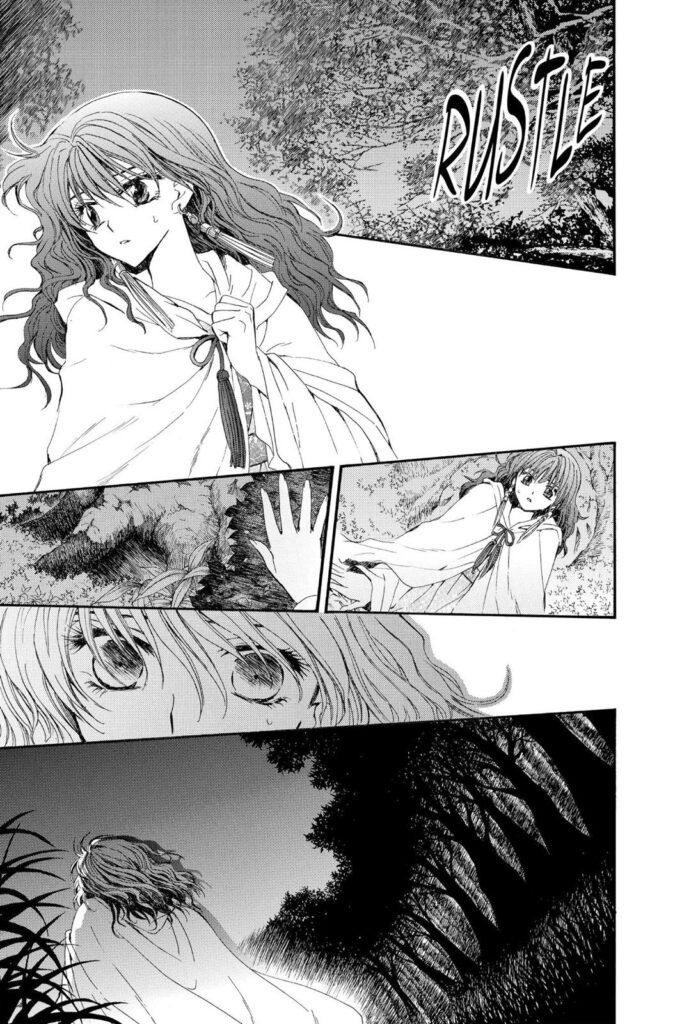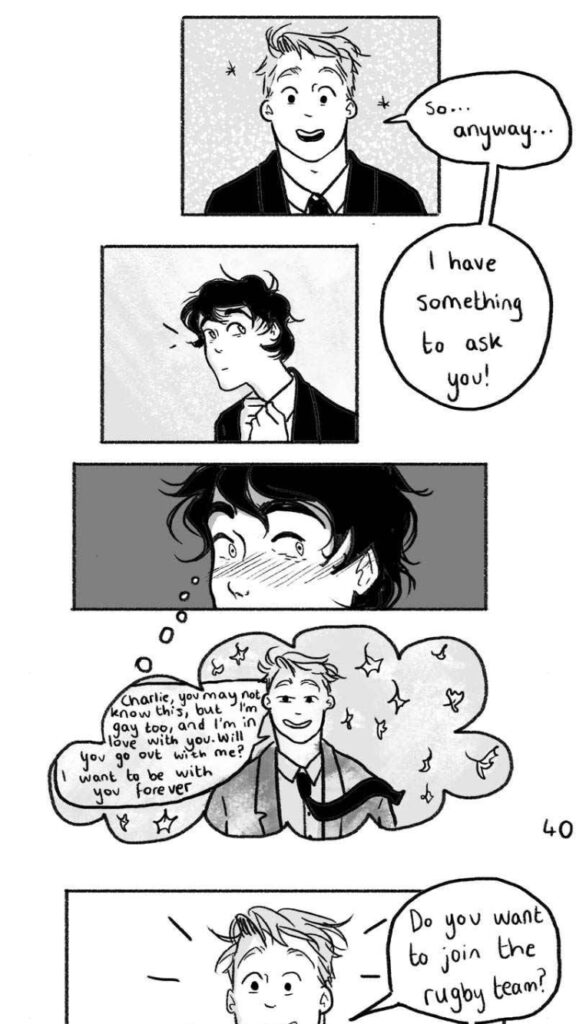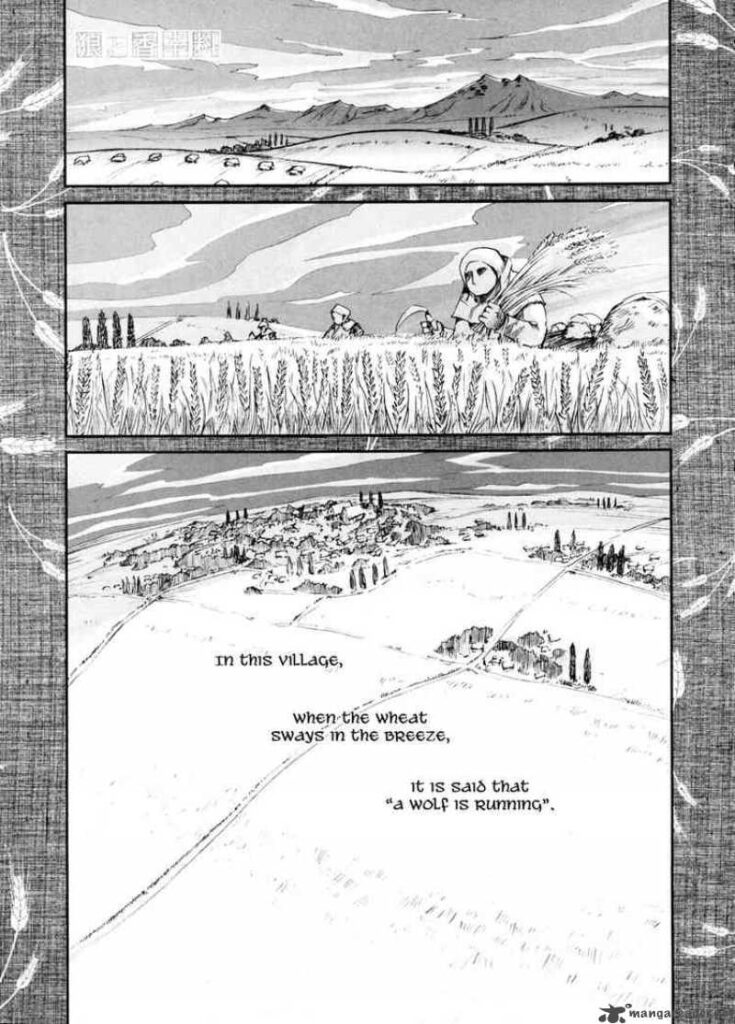For this article, I going to be focusing on the topic of storytelling through comics and how writing a comic issue or graphic novel differs from writing a novel. As someone who has been writing a novel manuscript the obvious difference between the two mediums is the way that the story is told. When you write a novel you are storytelling using words for dialogue and description and when you write a comic or graphic you are comic drawing and words together into a visual medium. In this article, I will be talking about how comics use visual storytelling. My goal is not to say that one or the other is better, but to highlight what makes both of them unique, as McCloud writes in Understanding Comics: The Invisible Art, “In comics at its best, words and pictures are like partners in a dancer and each one takes turns leading” (156).
Storytelling in Prose and Visual Mediums
Both mediums have the same goal which is to tell stories. They just use a different medium of storytelling for those stories. A common writing tip phrase I’ve heard often over the years reading different writing advice books and scrolling various writing help websites is “show don’t tell”. In the context of traditional novels, this phrase means to paint a descriptive picture of what your character is feeling using words that evoke images in the reader’s mind. Rather than just saying they’re scared or happy or describing a scene within the story. For example, saying he sauntered slowly rather than just saying he walked. This gives a clear mental image of the tone and pace of the scene rather than just stating it. Whereas if you look at comics and graphic novels the format and use of images alongside the words make the sequential art narrative The artist and writer work together to show how it character is feeling, what an action scene looks like, or what the world looks like. I found this interesting quote about visual narratives in the article “Imagination and Representation in Graphic Novels”, “In graphic narratives, the images do not merely signify, they also suggest, and those suggestions are at the heart of our reading” (Reid 4). For example, this page from the Japanese manga Yona of the Dawn shows how the main character Yona is feeling by setting the tone through dark surroundings and a fearful expression in her eyes. This gives us a clear picture of what the character is feeling in the moment.

Figure 1 (Kusanagi, 2016) A page from Yona of the Dawn
Narrative Point of View
A big aspect of storytelling is how you present a narrative, especially a character’s point of view (POV). This includes the character’s thoughts feelings and perspectives on the world that they live in. Between the two mediums, a big difference is when writing especially in first-person POV and to a lesser extent in third person since it is often told from the omniscient perspective, the writer can express what that character is thinking or feeling through a character’s inner monologue. While in a visual medium like comics, this is harder to portray unless the writer can use a thought bubble or dream sequence to express a character’s thoughts or inner life. Point of view can also be shown through panels shown from a character’s perspective of uses of things such as angles and shot composition. Such as this panel in the young adult LGBTQ webtoon turned graphic novel series Heartstopper where the main character Charlie imagines his crush Nick asking him out using a shot from his point of view and a thought bubble before showing what really happens. This use of different frames is an example of how comic writers and illustrators can the tools of visual storytelling without having the inner monologue that traditional prose has.

Figure 2 (Oseman, 2020) several panels from Heartstopper
Imagery
The final aspect of storytelling in both mediums is how imagery is used. In a novel, such the first line of Tolkien’s The Hobbit; “In a hole in the ground there lived a hobbit” (3) is used to introduce the audience to the world of Middle Earth and the main character Bilbo Baggins as well as set up the story. What a hobbit hole looks like is left up to the interpretation of the audience. Of course, various adaptations such as The Lord of the Rings film trilogy exist and have cemented what a hobbit hole looks like for many people. But that aside, If I’m just talking about the text it leaves it up to you to imagine what a hobbit hole looks like. This is different from a visual medium such as comic books and graphic novels, where an establishing shot for example will in the words of McCloud in Making Comics: Storytelling Secrets of Comics, Manga and Graphic Novels make “your worlds seem as vivid or powerful as any other, real or imagined” (149). Take the first couple of panels from the manga Spice and Wolf as an example. You can clearly tell that it is set in a medieval European world and there is an emphasis on the small town surrounded by wheat implying that it is going to play important role in the story as well as the world’s mythology.

Figure 3 (Hasekura, 2010) A page from Spice and Wolf
Conclusion
Speaking from my own perspective, writing my own story and different medium both traditional books and comic books and graphic novels are mediums for storytelling. What makes them unique is their usage of different literary devices and sequential art narratives to tell whatever story they are trying to tell. Some stories are suited for a prose medium while others benefit from the mixed medium of comics it just depends upon whatever story the author is trying to tell and how they would like to tell it.
Works Cited Hasekura, Isuna, et al. Spice and Wolf, Vol. 1. 1st ed., Yen Press, 2010. Kusanagi, Mizuho. Yona of the Dawn, Vol. 1. 1st ed., VIZ Media LLC, 2016. McCloud, Scott. Making Comics: Storytelling Secrets of Comics, Manga and Graphic Novels. 1st ed., William Morrow Paperbacks, 2006. McCloud, Scott. Understanding Comics: The Invisible Art. Reprint, William Morrow Paperbacks, 1994. Oseman, Alice. Heartstopper #1: A Graphic Novel. 1st ed., Graphix, 2020. Reid, Louann. “Imagination and Representation in Graphic Novels.” The Journal of the Assembly for Expanded Perspectives on Learning, vol. 16, 2010, trace.tennessee.edu/cgi/viewcontent.cgi?article=1188&context=jaepl. Tolkien, J. The Hobbit. 75th ed., Houghton Mifflin Harcourt, 2012.


Provide Feedback
You must be logged in to post a comment.